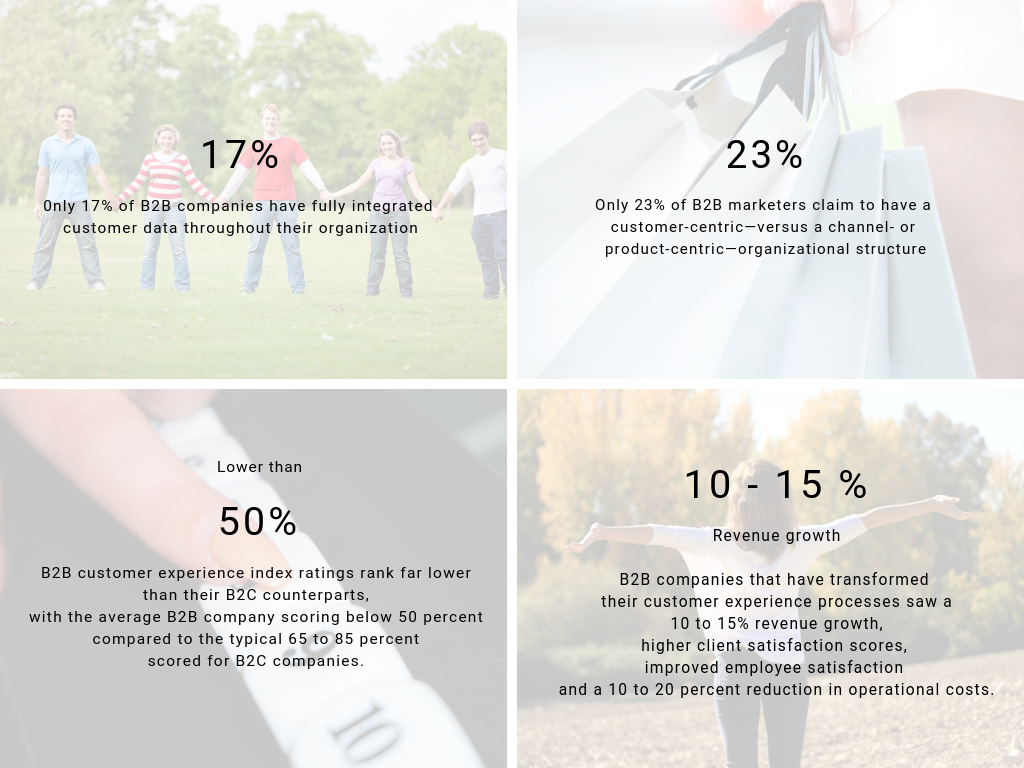UNDERSTANDING THE APPLICABILITY OF CUSTOMER JOURNEY MAPS
A customer journey map is a visual representation of every experience your customer has with a brand in question. These maps will help you understand the story of your customers and their different experiences. When taking a second look at your customer acquisition and retention processes you will quickly realise the diversity of the points of contacts between your brand and your customer. Different starting points include offline and online funnels like social media channels, paid ads, organic search, emails, newsletters, word of mouth, and media relations.
CUSTOMER JOURNEY MAPS, A TOOL TO BETTER UNDERSTANDING YOUR CUSTOMER EXPERIENCE
Many B2B companies have understood the importance of using maps as a tool to help them structure their internal organisation, processes and much more. However, when it comes to marketing, maps are rarely used, and even less for B2B marketing. Customer maps are a great technique to understand every experience your customer has with your brand and thereby help you improve customer acquisition and retention leading to better business performance and growth.
MAPS SHOULD BE BASED ON DATA NOT FICTION
A robust journey mapping process should not be based on a fictive idea of what you think your customer touchpoints are, or the ideal touchpoints. Maps should be built using data you rigorously collect. The best ways to gather all your data is to have everything centralized in an up-to-date CRM system. If not, you will have to gather the data from your disparate data silos.
Of course, the end goal is to map the entire journey, but depending on your marketing objectives, focusing on a specific phase of your customer journey will help you collect the right data to gradually build up your customer map.
Generally, customer journeys can be divided into 4 phases:
- Attracting; how your prospects find your business and how they start engaging with you
- Converting; the first purchase or positive interaction with your brand
- Service; how your brand fulfils the customer’s first order and how you onboard them
- Loyalty; how you maintain your customer relationship
The data you collect will accurately inform you on the frequency of the different touchpoints that a customer has with your brand during a specific phase.
CUSTOMER JOURNEY OPTIMIZATION
The aim of these maps is to clearly identify the different pain points and strengths of the different stages of your customer journey.
The data you analyse will help you uncover the moments of pain (when your customers seem to be disappointed and leave) or moments of glory (when your brands exceed the customer’s expectations).
Thereby your map will help you identify those moments and their impact on customer behaviour and on costs of service, loss of earnings or income surplus.
UNLOCKING CUSTOMER VALUE
Understanding the complete B2B journey has become crucial for b2b buyers that expect much more than before, from companies they purchase from. Delivering a one size fits all approach no longer satisfy them, in a very volatile environment. Even if the B2B sector in general still pays greater attention to the product itself more than the brand experience, professionals want more personalization and proactivity in understanding their needs and preferences.





